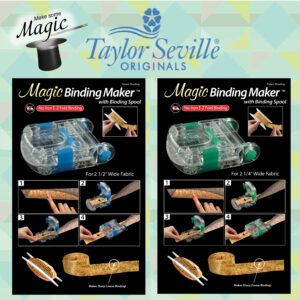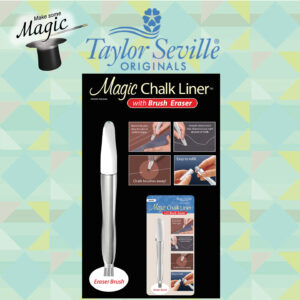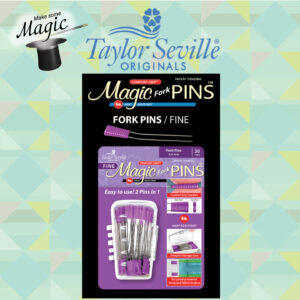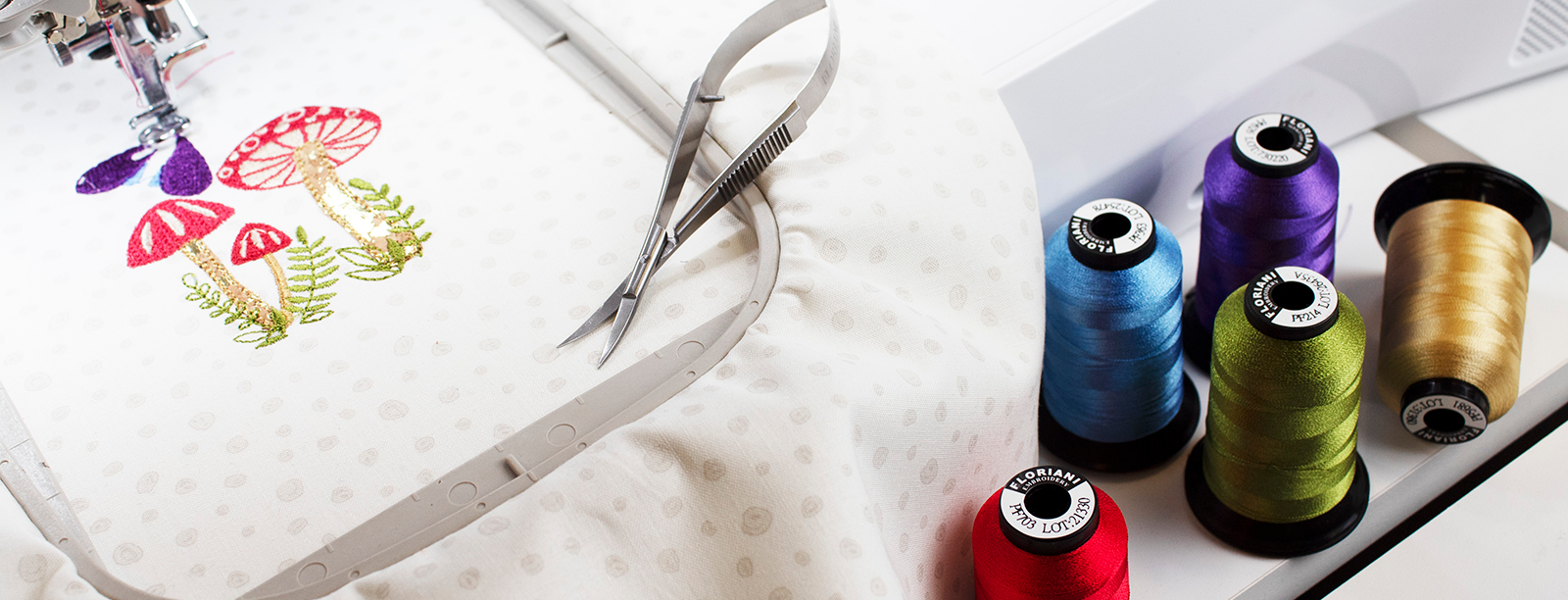
Taylor Seville Magic Binding Maker – 2 1/4 inches
Take the frustration out of creating yards of binding for…

Taylor Seville Magic Pins – Flathead Patchwork Extra Long 100pcs
The perfect pin for every purpose!

Taylor Seville Magic Pins – Flathead Patchwork Fine 100pc
The perfect pin for every purpose!

Taylor Seville Magic Chalk Liner White with Brush Eraser – REFILL
Refill cartridges available.

Taylor Seville Magic Chalk Liner White with Brush Eraser
Refill cartridges available.

Taylor Seville Magic Pins Fork Fine
Unique double prong pins: perfect for keeping seams aligned for…

Taylor Seville Magic Pins – Applique Fine 50pc
The perfect pin for every purpose!

Taylor Seville Magic Binding Maker – 2 1/2 inches
Take the frustration out of creating yards of binding for…
